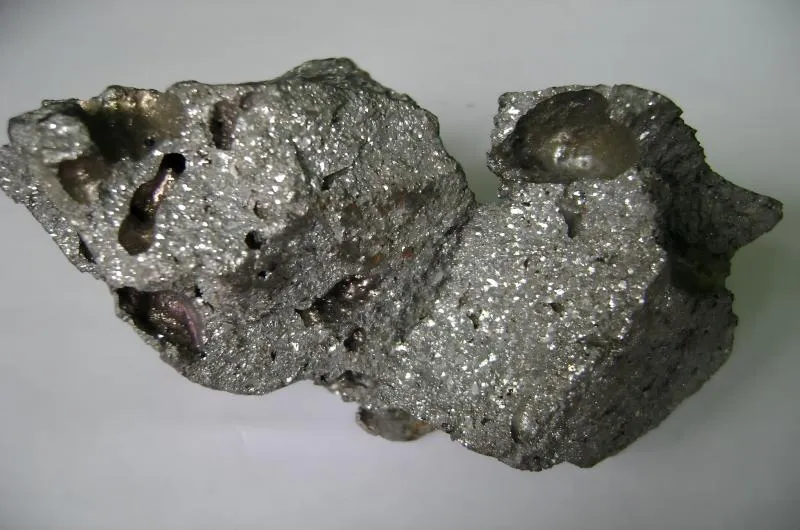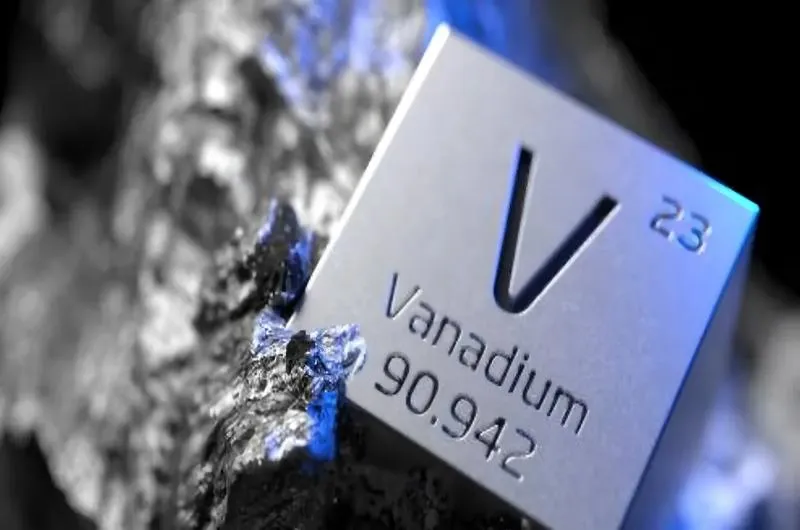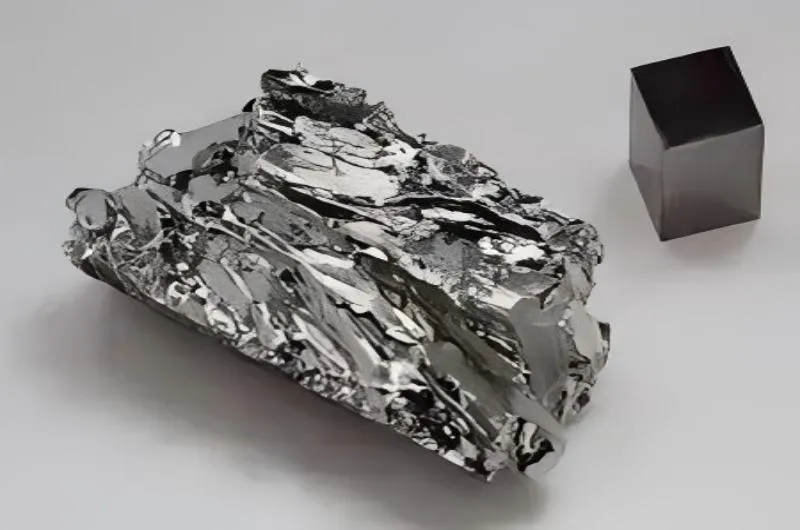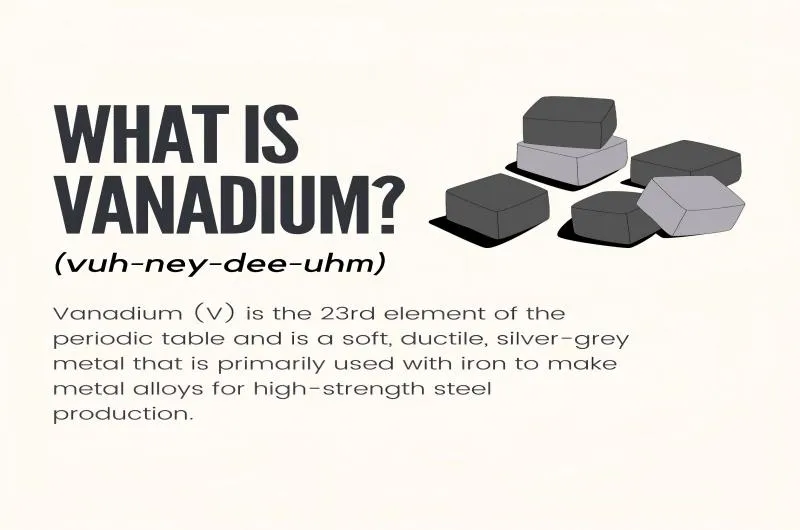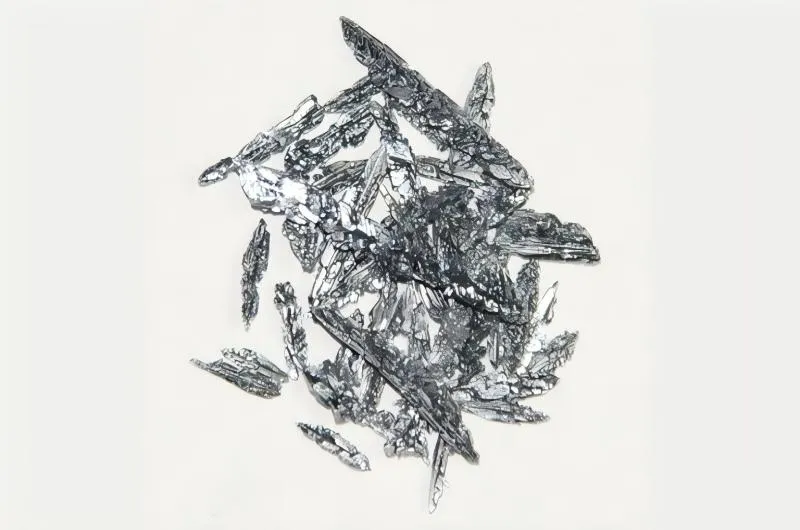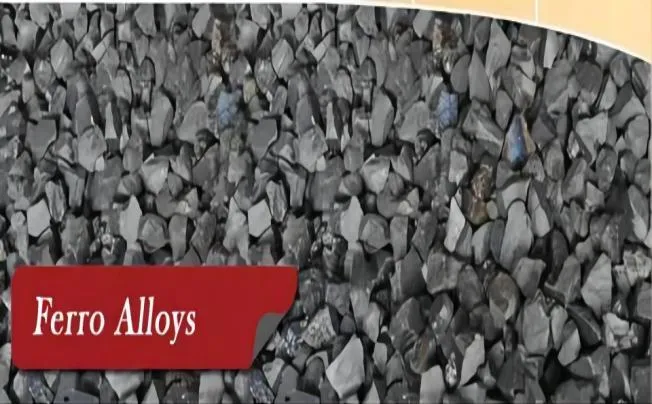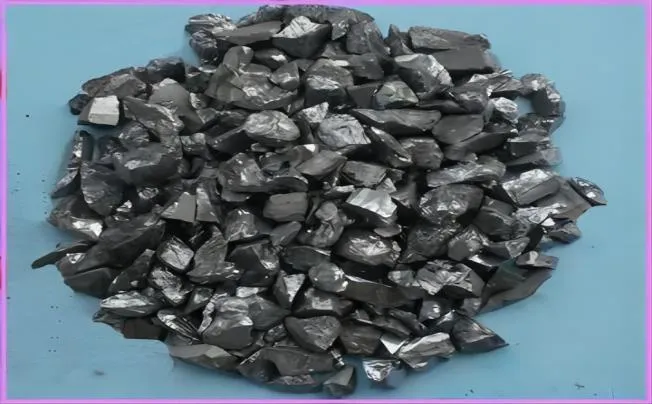BY  GENN
GENN
2024/03
Blog
A Brief Analysis Of Ferrovanadium Market Prospects
What Is Ferrovanadium?
Vanadium content in ferrovanadium (FeV), an alloy made of iron and metal, ranges from 35 to 85%. A silver crystalline solid that is off-white and can be crushed into a powder known as “ferrovanadium” is produced during the creation of this alloy. For high-strength low-alloy steels, tool steels, and other ferrous goods, ferrovanadium serves as a general-purpose hardener, strengthener, and anti-corrosion addition. Compared to iron and vanadium, it offers some benefits. Alloys 40, 50, 60, 80, and vanadium-nitrogen are examples of ferrovanadium.
Chemical Composition of Ferrovanadium
Vanadium (V): Between 35% and 85%
Iron (Fe): Approximately 15% to 65%
Similar to other alloys, depending on the raw materials used and the manufacturing method, ferrovanadium may also contain minuscule quantities of impurities or trace metals. The following are some typical contaminants or extra components that could be present in traces:
Silicon (Si), Carbon (C) Manganese (Mn) and Aluminium (Al) Sulphur (S), Nickel (Ni), Chromium (Cr), and Phosphorus (P)
Ferrovanadium Market Trends And Competition
- Market Trends: The ability of ferrovanadium to give steel exceptional strength and corrosion-resistant qualities makes it ideal for usage in architecture, design steel goods, construction alloy steels, and micro-alloy steels. This attribute drives demand for ferrovanadium. Ferrovanadium market vendors have more opportunities now that the medical and heavy construction industries are seeing a growth in demand for heat-resistant tools. The alloy is attractive for use in the building of cars, ships, and pipelines because it gives steel products exceptional structural strength, ductile qualities, and hardness. Ferrovanadium market development has been positively facilitated and accelerated by the anticipated continued rise in the steel and iron sectors, which is a major driver of the market.
- Analysis of the Competition: The main companies in the market are mostly concerned with growth, acquisitions, and the creation of new products. Ferrovanadium sales are significantly influenced by product differentiation as well. Major players with a substantial market share in the worldwide ferrovanadium market include Pangang and EVRAZ. Reports have discussed the strategies of these major vendors, as well as their revenue shares and corporate overviews, revealing a competitive environment that prioritizes product development and market expansion.
- Market Size and Growth: By 2018, the global ferrovanadium market is projected to be worth US$ 3,547.6 million. From 2018 to 2028, it is anticipated to grow at a CAGR of 5.0%, reaching a total market value of US$ 5,776.5 million. Ferrovanadium’s market value was estimated to be US$ 4,277.3 million in 2022, with a 5.1% growth rate predicted for H1 2022. The growth projection is influenced by automobile sales, steel output, investment in construction, and demographic issues.
What is Ferrovanadium Used For?
- Steel production: Ferrovanadium is frequently employed as an alloying agent in the steel industry. To improve the mechanical qualities of steel, such as tensile strength, toughness, and wear resistance, it is added. Steel performs better when it is coated with ferrovanadium in industries including construction, vehicle manufacturing, and tool manufacturing.
- Aerospace sector: ferrovanadium is used to make high-strength and lightweight alloys in the aerospace industry. These alloys are used to create landing gear, engine parts, and structural elements for use in airplanes. These alloys are suited for aerospace applications due to the addition of ferrovanadium, which improves the strength-to-weight ratio of these materials.
- Chemical industry: ferrovanadium has a variety of uses in the chemical sector. It can operate as a catalyst in chemical processes, especially those that result in the creation of sulfuric acid. Catalysts made of ferrovanadium aid in boosting the effectiveness and speed of chemical reactions.
- Pharmaceutical industry: The manufacture of some pharmaceutical products may involve the use of ferrovanadium in the pharmaceutical sector.
- further uses: In addition to its usage in the automobile industry, ferrovanadium has further uses in the manufacture of electrical components and machinery, among other fields of endeavor.




